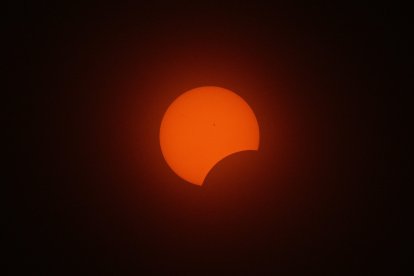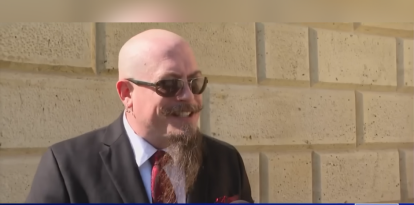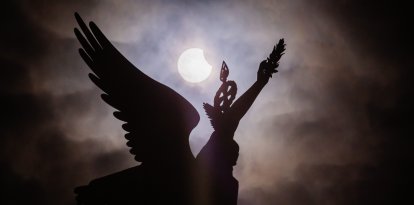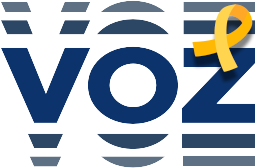Solar eclipse on March 29: Where can it be seen?
The partial eclipse, which is the first of the year but the 17th of this century, will last about four hours. It will start at 4:50 a.m. ET and end at 8:43 a.m. ET.

The eclipse of April 2024 as seen from Indianapolis
Astronomy buffs in a wide portion of the Northern Hemisphere will have the opportunity to view a partial solar eclipse on Saturday, from north of the East Coast to Siberia.
The partial eclipse, which is the first of the year but the 17th of this century, will last about four hours. It will start at 4:50 a.m. ET and end at 8:43 a.m. ET.
It is essential to properly protect your eyes to see this spectacle. Cloud cover permitting, it will be visible over much of Europe, in some areas of northeastern North America and northwestern Africa.
From the United States, the best state to view it will be Maine, and viewing will be even better depending on how far northeast you are positioned at the correct times NASA has indicated.
Where to view the eclipse from:
Eclipses occur when the sun, moon and Earth align. When that alignment is perfect, the moon completely blocks the solar disk, creating an eerie twilight.
But that won't happen during Saturday's partial eclipse, which will instead transform the sun into a crescent.
"The alignment is not perfect enough for the shadow cone to touch the Earth's surface," Paris Observatory astronomer Florent Deleflie told AFP.
At its peak, the moon will cover about 90% of the solar disk. The best view will be from northeastern Canada and Greenland at the peak at 6:47 a.m. ET.
To see it, a pair of glasses specially adapted for an eclipse is essential.
On Aug. 12, 2026, experts announced a total solar eclipse, visible in Iceland, northern Spain and parts of Portugal.
In Great Britain, France and Italy, the phenomenon will be 90% visible.
RECOMMENDATION




















